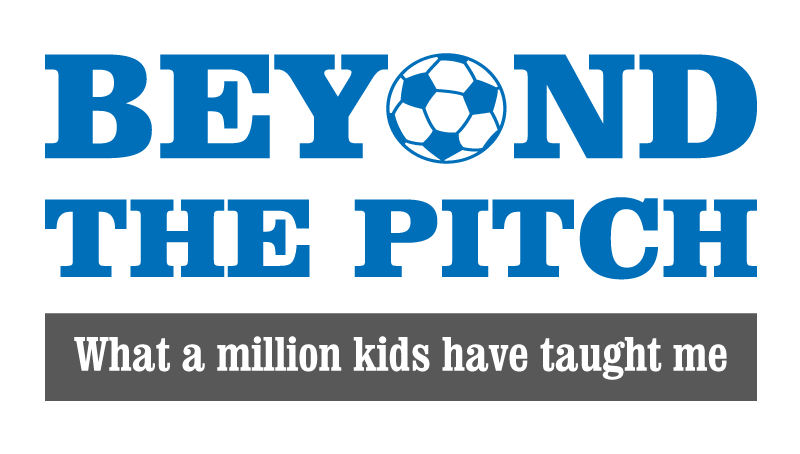
© Prostock-studio / Adobe Stock
The Four Pillars Of Courageous Conversations
February 16, 2021
Recently I took part in a Cultural Competency training where they presented information on having courageous conversations about race. I learned Courageous Conversation is an organization committed to achieving worldwide racial equality through education, consulting, and partnerships. They use a specific protocol to teach how to engage in meaningful, effective interracial conversations and address disparity within communities.
While there is way more to their protocol, the basic conversation framework, called the Four Agreements, is this:
- Stay Engaged: remain morally, emotionally, intellectually, and socially involved in the dialogue, ask questions, listen FOR understanding.
- Experience Discomfort: discomfort is inevitable, commit to bringing issues into the open. The issue doesn’t cause the divisiveness, refusing to talk about it does.
- Speak Your Truth: be open about your thoughts and feelings rather than only saying what you think others want to hear. Take the risk.
- Expect and Accept Non-Closure: hang out in uncertainty; don’t rush to quick solutions. Don’t try to fix things.
The training left me wondering why we don't always communicate this way? Why haven’t we been specifically taught and encouraged to follow these guidelines in our personal lives? It must have something to do with a general aversion to conflict. But conflict is not always a bad thing—it often leads to deeper understanding and new ideas. It happens all the time in business. In fact, a fear of conflict has been labeled as one of the "five dysfunctions of a team".
“What would happen if we got into the practice of leaving our baggage behind—if we became more curious and leaned into learning from one another rather than convincing each other?”
If conflict avoidance is dysfunctional, why do most of us do it? Are we afraid we won’t be considered nice, a good friend, or a team player? Conflict doesn’t have to be nasty. The nastiness comes when we lack respect for others, when we refuse to listen, learn and allow for others to have their opinions and when we let our emotions override our ability to reason.
We all go into conversations with our proverbial bags packed full of our perceptions and needs. What would happen if we got into the practice of leaving our baggage behind—if we became more curious and leaned into learning from one another rather than convincing each other? Would our perceptions shift? Could we create positive change? Would we feel more validated, more supported ourselves? Would we get our needs met more fully? Would we serve others better?
What would happen if we taught our kids to communicate this way from the get-go? Could we create a generation of people who don’t harbor hate or hidden agendas, who are kinder and more interested in others, who are more confident in who they are?
Obviously, the goal of Courageous Conversation is that people do just that. And I hope we can. The more we talk about things the easier it becomes to engage in the tough stuff and make real change. And I hope we can model this type of communication with our children, on all topics. If we start young, we can build a generation of people who willingly engage, who respect each other, who aren’t afraid to speak their mind and do so in positive ways.
Be kind to yourselves and others.
Until next time,

Recent Posts
Revive From Burnout
It’s been a while since I’ve written. Finding the time and my voice has been a bit challenging. And honestly I’ve been pretty burned out. Here are three things I’ve done to get back on track and revved up for a new year. Read more.
Tips for Back-to-School 2021
Are you wondering how to manage the back-to-school process this year? Emotions about returning to school may be running a little high. Read on to discover some tips for coping. A little pre-planning will go a long way. Read more.
Behavior on the Slide? Learn the Signs of Stress in Your Child
A child’s behavior can reveal a lot about how they’re feeling. Check out how you can help your child learn to understand and manage their emotions in healthy ways. Read more.





